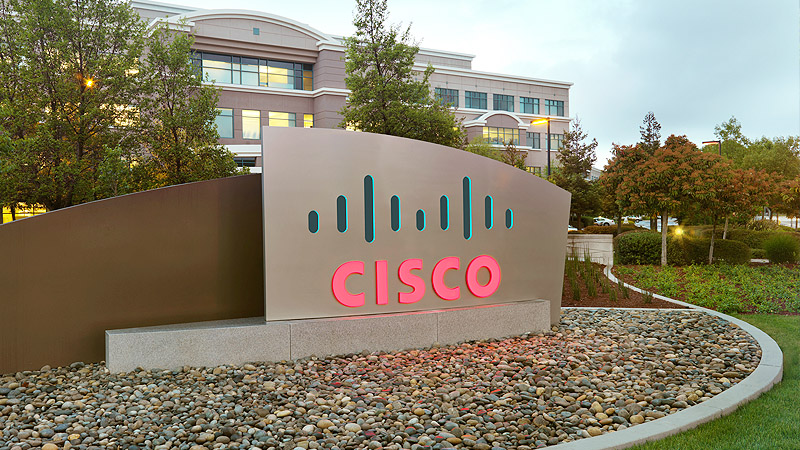October 21, 2009
Overview:
- Today Cisco announced new findings from the Cisco® Visual Networking Index (VNI) Usage research effort that confirms service provider networks are carrying a significant amount of visual networking traffic, with more than one-third of the average global broadband connection supporting video, social networking and collaboration applications each month.
- This new Cisco VNI Usage study provides quantitative insights into current activity on service provider networks during the third quarter of calendar year 2009. The research effort is a cooperative program between Cisco and a group of more than 20 service providers worldwide who share their anonymous, aggregated network usage data to help them analyze network usage trends, anticipate infrastructure changes, and develop future architectural guidelines.
- Participating service providers are serving millions of residential subscribers from around the world and represent the mobile, wireline, and cable segments throughout North America, Latin America, Europe, Asia Pacific and various emerging markets.
- This new study, focused on actual network traffic, complements the Cisco VNI Forecast and Methodology, 2008-2013, which offers projections for future network growth. Updates to the usage data are planned for the future as a means to measure changes in overall traffic patterns.
Cisco VNI Usage Highlights:
Aggregate Broadband Findings (Q3CY09):
- Globally, the average broadband connection (primarily residential subscribers and some business users) generates approximately 11.4 gigabytes of Internet traffic per month.
- Per connection per day, this amount is roughly equivalent to downloading 3,000 text emails, 100 MP3 music files or 360 text-only e-books.
- Globally, the average broadband connection consumes about 4.3 gigabytes visual networking applications (advanced services such as video, social networking and collaboration) traffic per month.
- Per connection per day, this amount is roughly the equivalent of approximately 20.5 short- form Internet videos or approximately 1.1 hours of Internet video, whether streamed on its own, embedded in a Web page, or viewed as part of video communications.
- Top 1 percent of global subscribers generated more than 20 percent of all traffic.
- Top 10 percent of global subscribers generated more than 60 percent of all traffic.
Peak Broadband Usage During Internet Prime Time:
- In an average day over the reported quarter, Internet "prime time" spans from approximately 9 p.m to 1 a.m. around the world. This contrasts with broadcast TV prime time, which is generally from 7 p.m. to 11 p.m. across most global markets.
- 25 percent (or 93.3 megabytes per day per connection) of global Internet traffic is generated during the Internet "prime time" period.
- A peak Internet hour has 20 percent more traffic than a nonpeak Internet hour. The peak Internet hour averages 18 megabytes of traffic per connection (per hour), while nonpeak Internet hours average 15 megabytes of traffic per connection (per hour).
- The peak Internet visual networking hour has almost 25 percent more traffic than average hourly Internet traffic.
Tags/Keywords:
Cisco, Broadband, IP Traffic, IP Research, Peak Traffic, Visual Networking, VNI, IP Video, Internet Video, Streaming Video, Residential Broadband, IP Networking, Service Provider
Links/URLs:
- Cisco Visual Networking Index Usage FAQ
- Cisco VNI Usage Study: http://www.cisco.com/en/US/netsol/ns827/networking_solutions_sub_solution.html#~usage
- Cisco VNI site: http://www.cisco.com/go/vni
- Cisco SP 360 Video Blog
Supporting Quote:
- "The Cisco VNI Usage study reinforces that IP networks and the Internet are essential platforms for global communications, and that consumer usage of advanced services is a key driver of Internet growth," said Suraj Shetty, vice president, Service Provider Marketing, Cisco. "Through our cooperative research programs, we are working with our service provider customers to take an active role in shaping the networks of the future to accommodate this tremendous growth and enable them to bring consumers enhanced IP network experiences that are more social, more personal and more interactive than ever before."
RSS Feed for Cisco: http://newsroom.cisco.com/dlls/rss.html



